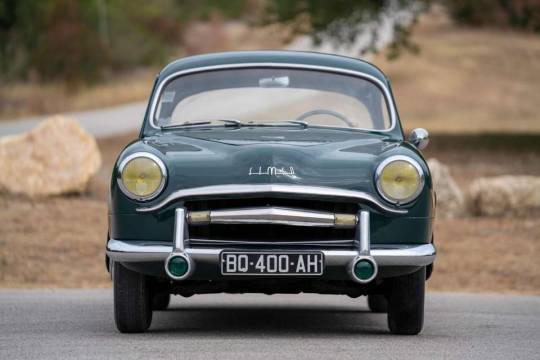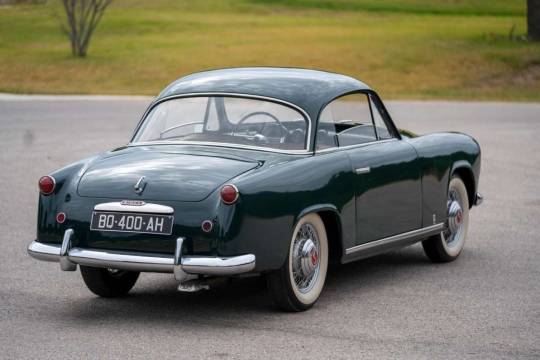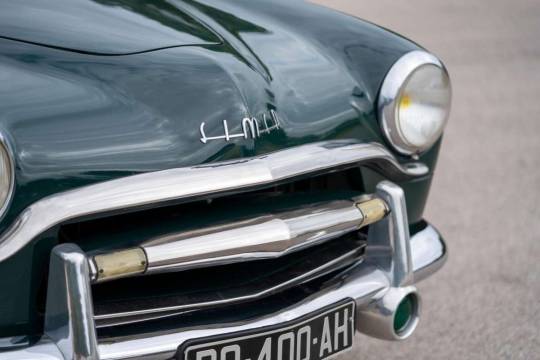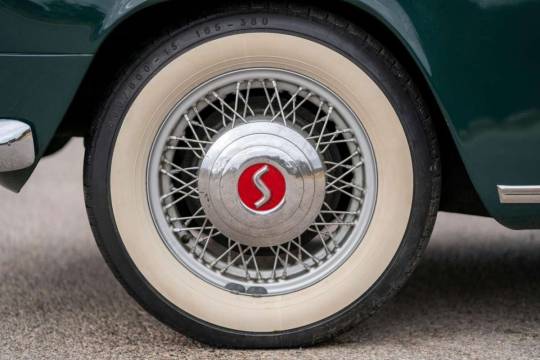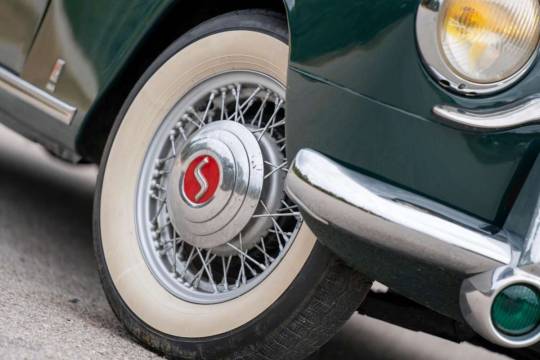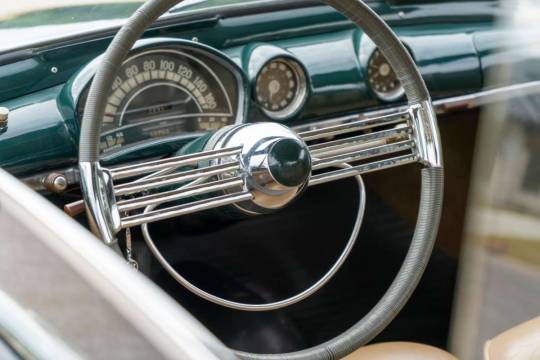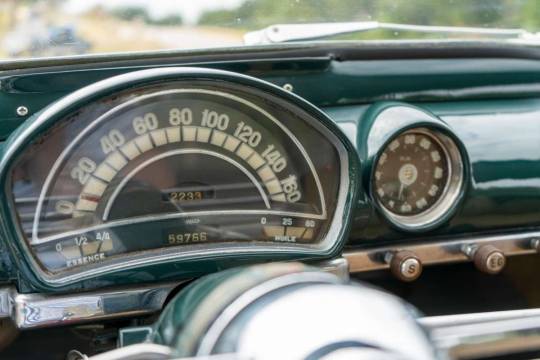#Simca
Text
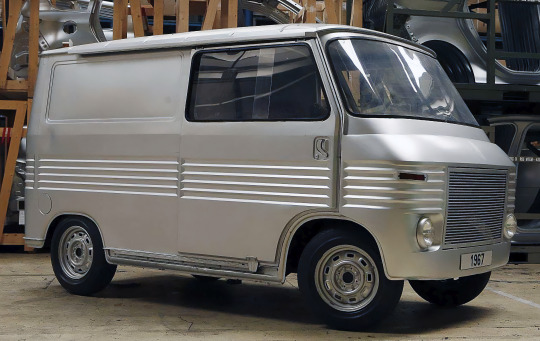
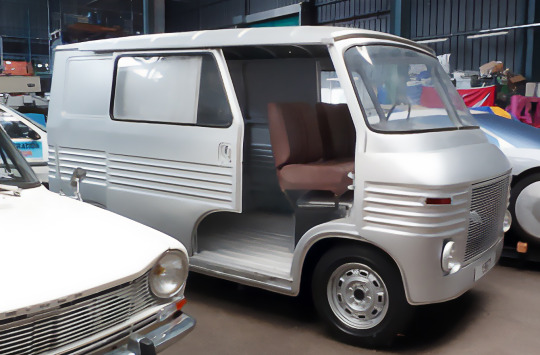

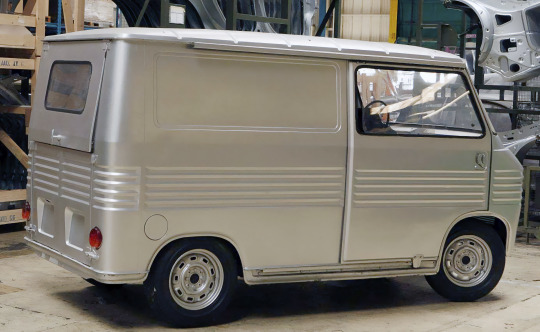
Simca 1100 Fourgon Commercial Prototype, 1967, by Heuliez. During the 1960s Simca was France's fourth best selling brand but unlike their competitors they lacked commercial vehicles in the range they offered. When Georges Héreil became the head of Simca, he commissioned Heuliez to develop a small front-wheel drive commercial vehicle suitable for urban use. The resulting design, used long sliding doors on each side to provide access to the front seats and the rear compartment. However as Chrysler increased their shareholding in Simca and took over the company in the last 1960s they were less interested in the commercial vehicle market and the project was abandoned. When Heuliez was wound up in 2012 the prototype van sold for €4,765
#Simca#Simca 1100 Fourgon#concept van#prototype#van#Heuliez#sliding doors#commercial vehicle#1967#dead brands
216 notes
·
View notes
Text



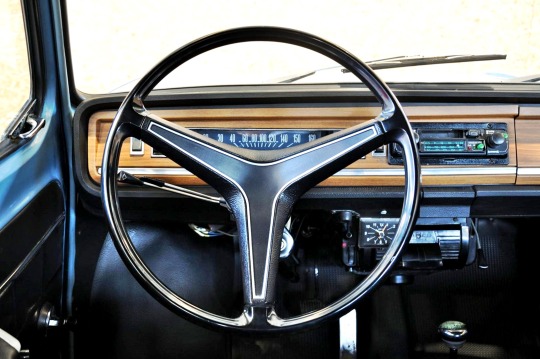



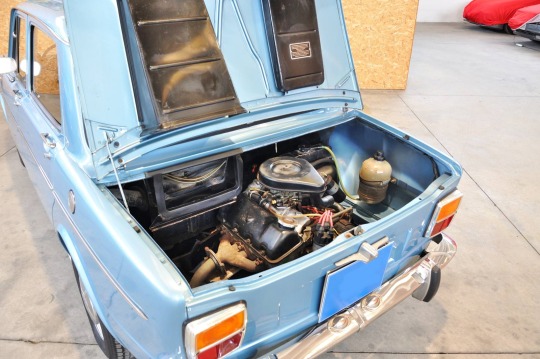
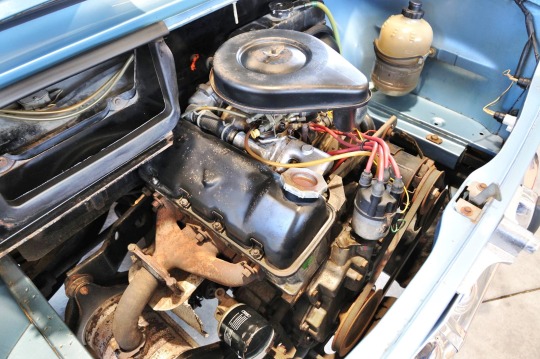

Simca 1000 GLS 1973. - source Giuseppe Demaria.
58 notes
·
View notes
Photo

Simca 1300 (1963)
#1960s model#1960s style#1960s fashion#1960s Advertising#1960s#60s style#60s#simca#car#cars#cool cars#cool#classic car#classic#motor#drive#driving#vintage illustration#vintage ads#vintage#vintage advertising#advertising#weekend#friday#winter
184 notes
·
View notes
Photo

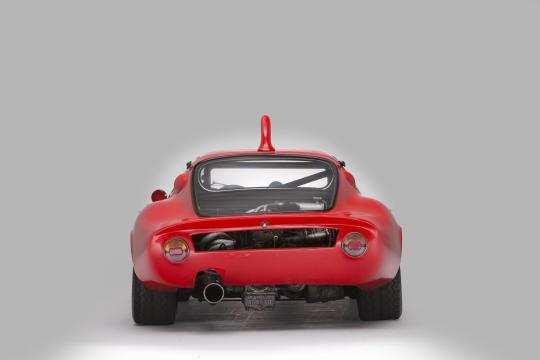


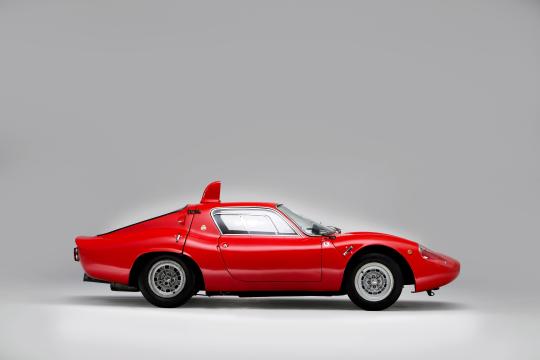


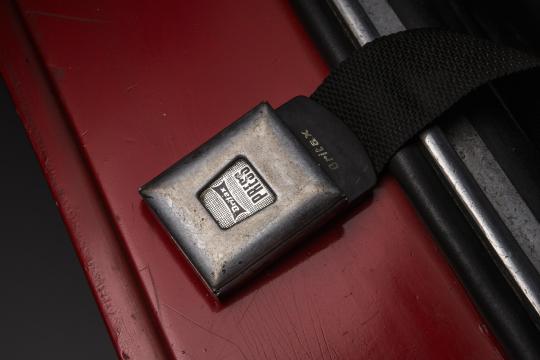
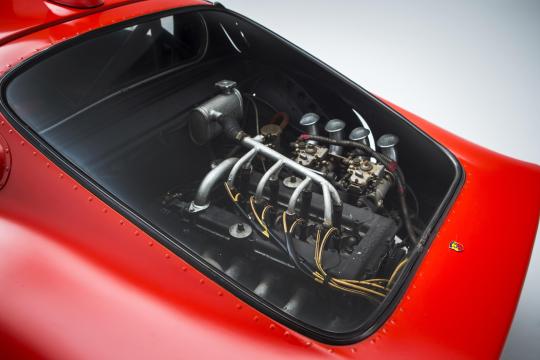
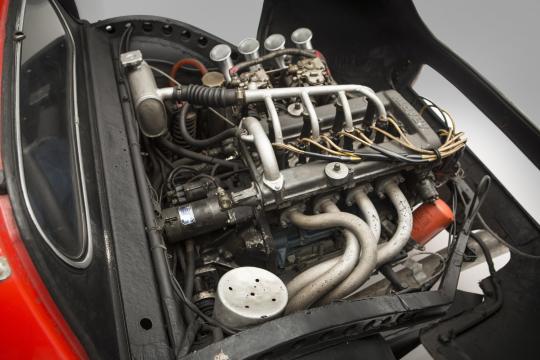
Abarth 1300OT Periscopica Coupé
In 1958, the American Chrysler Corporation pursued an entry into the European motor manufacturing market by buying 15 per cent of the French Simca company's stock from Ford. At that time, however, the dominant shareholder remained Fiat of Turin, and their influence remained distinctively apparent in the engineering and design of Simca cars for several years into the early 1960s. However, in 1963 Chrysler increased its Simca stake to a controlling 64 per cent by purchasing stock from Fiat, subsequently extending that holding to 77 per cent.
Chrysler had no interest in any continuation of the previously successful Simca Abarth and Abarth Simca high-performance car collaboration, which came to a juddering halt. In Turin Carlo Abarth found himself left more or less high and dry, but the supply of basically Simca 1000 chassis floor pans, upon which the sleek and superfast Abarth Simca 1600s and 2000s had been based, left quite a number in stock, as yet unused.
The popular legend is that it was upon these unused Simca platforms that Abarth then founded his 1300cc class Gran Turismo design for 1965 – the OT 1300. Abarth's technical team under Mario Colucci had developed a boxed pressed-steel chassis structure on the modified Simca 1000 floor pan to which allindependent suspension was attached with componentry drawn from the Fiat 850 shelves. The Abarth OT 1300 then emerged, to race for the first time as a prototype in the September, 1965, Nurburgring 500-Kilometre classic.
Driver Klaus Steinmetz hammered the new Coupé home to a fine third-place finish overall and the OT 1300 was up and running into the record books, becoming one of the most successful – and also one of the most distinctive – models that Abarth & C ever produced. The OT 1300's rear-mounted all-Abarth engine was overhung – in best Carlo Abarth-approved style. It was a 4-cylinder unit with twin overhead camshaft cylinder head, using a block with cylinder bore and stroke dimensions of 86mm x 55.5mm to displace 1289cc.
With two valves per cylinder and a 10.5:1 compression ratio, the engine breathed through two twin-choke Weber 45DCOE9 carburettors. Ignition was by two plugs per cylinder, fired by single distributor. Dry-sump lubrication was adopted and the power unit produced a reliable 147bhp at 8,800rpm. This lusty engine, perfected by Abarth's power-unit specialist Luciano Fochi with five main-bearing crankshaft, drove via a five-speed and reverse Abarth transaxle.
Wheelbase length of the OT 1300 was nominally 2015mm, front track 1296mm and rear track 1340mm. It featured moulded glassfibre clamshell-style opening front and rear body sections moulded by Sibona & Basano in Turin, and this pert-nosed Coupé became a familiar sight dominating its class for three consecutive years. Production of the OT 1300 began on May 15 1966 and ended on March 30, 1966, by which time the minimum production number of 50 required by the FIA for homologation as a Gran Turismo model had (allegedly) been achieved.
The most distinctive single characteristic of the OT 1300 Coupé, apart from its huge International success within its class, was its adoption of the Periscopica air-cooling intake on the rear of the cabin roof. Casual onlookers would assume that the periscopelike intake fed intake air into the rear-mounted engine, but this is absolutely not the case. Instead, the water and oil-cooling pipe runs through the cockpit area heated-up the cabin to what was generally considered to be an unacceptable level for endurance racing, and the periscope intake merely blasted cold air down into the cabin to cool the driver himself...
From the OT 1300 Mario Colucci developed the OT 2000 Coupé using the 1946cc 4-cylinder power unit perfected by his colleague Luciano Fochi and with some 215bhp at 7,600rpm that largerengined model was capable of exceeding 165mph in a straight line. In fact all these Abarths with their sleek aerodynamic bodies and light weight really were exceedingly rapid by the standards of the time and within their respective capacity classes.
97 notes
·
View notes
Text
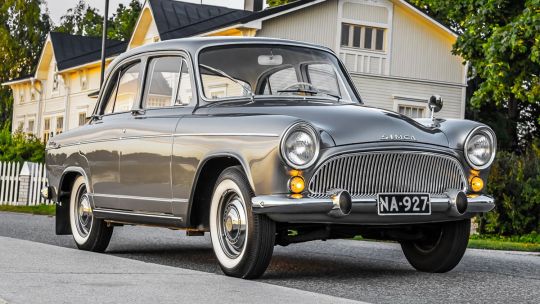


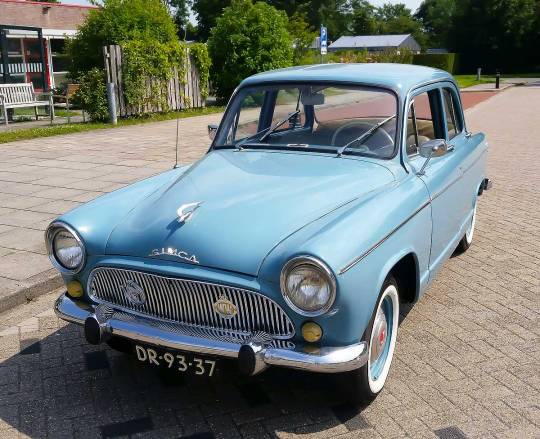


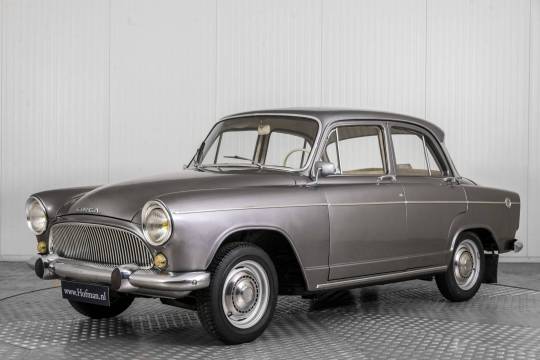

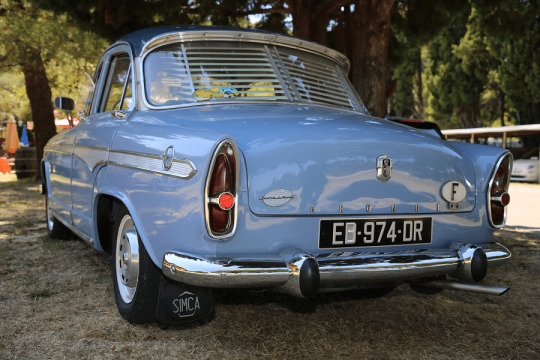
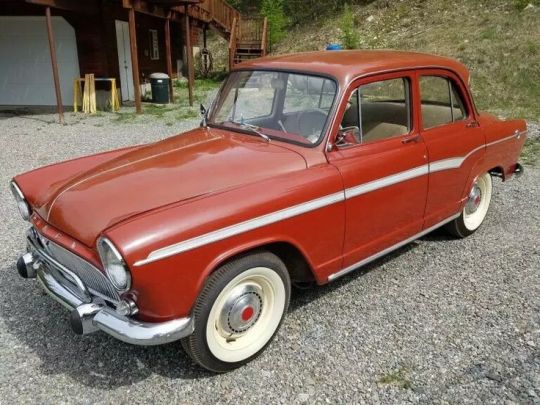
1960 Simca Aronde
My tumblr-blogs:
www.tumblr.com/germancarssince1946 & www.tumblr.com/frenchcarssince1946 & www.tumblr.com/englishcarssince1946 & www.tumblr.com/italiancarssince1946 & www.tumblr.com/japanesecarssince1947 & www.tumblr.com/uscarssince1935
13 notes
·
View notes
Text

Um Simca Jangada em algum lugar de São Paulo em 1962. Que lugar seria este ?
Pela posição do Edifício Altino Arantes e demais prédios próximos arriscamos dizer que é algum lugar na zona norte da capital, e você?
34 notes
·
View notes
Text
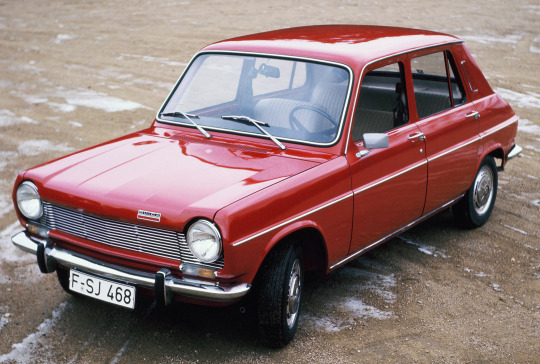
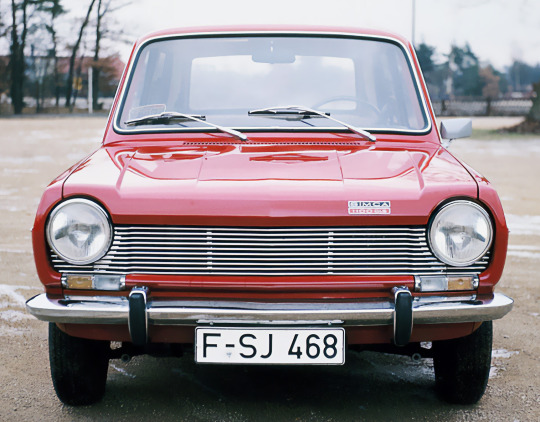

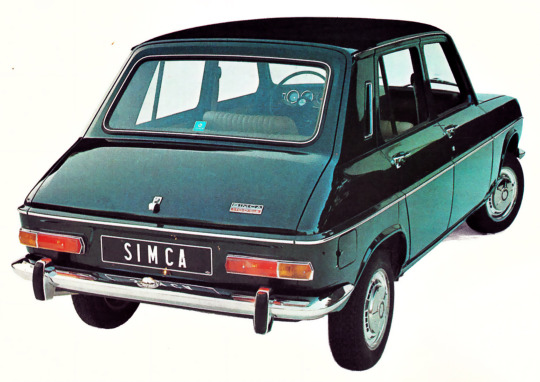

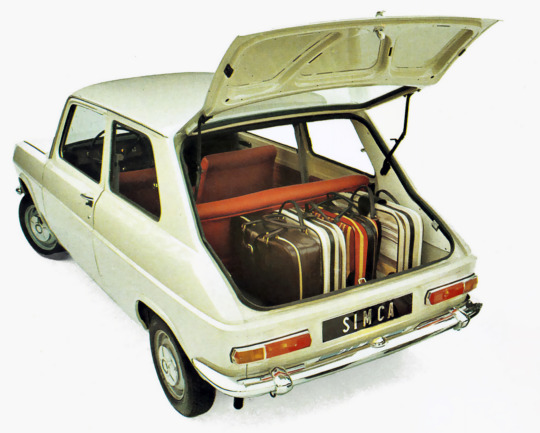
Simca 1100, 1967. Among the first unibody cars to offer the now industry standard transversely mounted engine and front-wheel drive, with all-around independent suspension, disc brakes and rack and pinion steering. The 1100 was an early mainstream hatchback with folding rear seats for maximum space utilisation and practicality. The car was an instant sales success across Europe and is said to have influenced Volkswagen's board who were contemplating the future of their mostly rear engined/aircooled model range. The 1100 refers to the car’s position within the Simca range rather than its cubic capacity, it was available with engines of 944, 1118, and 1294cc. Its success was a factor in influencing Chrysler to up their shareholding in the Société Industrielle de Mécanique et Carrosserie Automobile (Simca) to a point where they took full control of the company.
#Simca#Simca 1100#transverse engine#front wheel drive#hatchback#1967#1960s#C-segment#first of its kind#Chrysler#Chrysler Europe#dead brands
174 notes
·
View notes
Photo

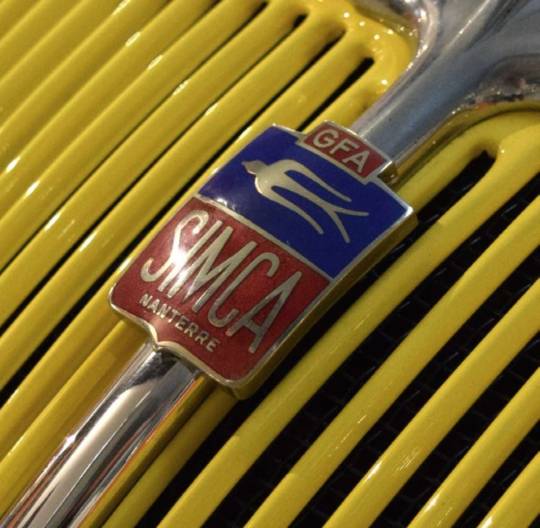

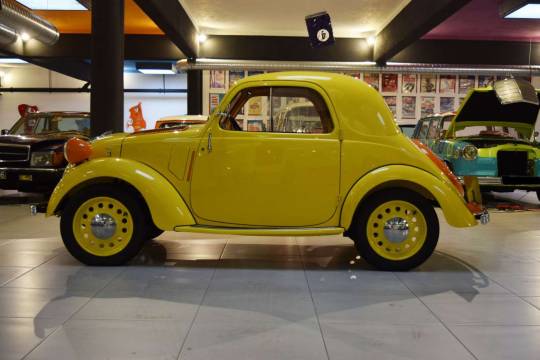
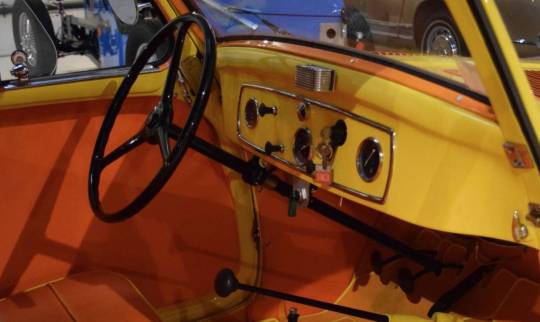



Simca 5 Coupé 1936. - source Victor Dos Santos.
103 notes
·
View notes
Text

1967 Simca 1000
#simca#car#cars#tumblr#transportation#auto#autos#automotive#automobiles#car blog#carporn#car porn#transportation blog#transportationlover3#automobile
15 notes
·
View notes






